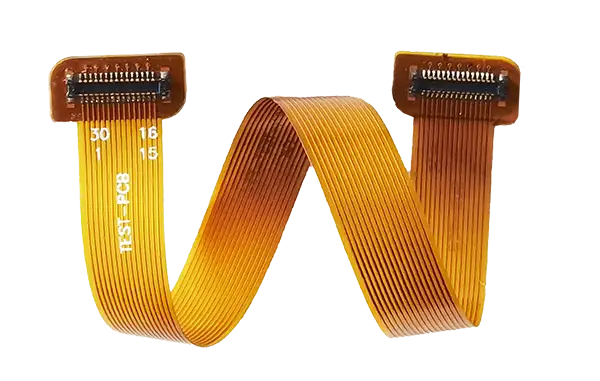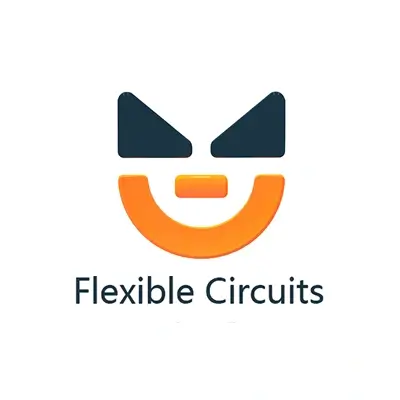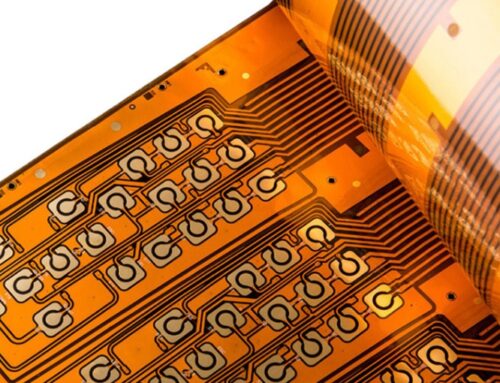Flexible PCBs: Benefits, Applications & Future Trends
Our blog provides a comprehensive explanation of flexible PCBs. We hope you find it valuable and continue to follow our updates. This chapter will help you understand its definition, advantages, applications, and future development trends.

Flexible PCB
What is a Flex PCB?
The flexible PCB we are discussing is a circuit board made of flexible materials, primarily polyimide or polyester film. Unlike rigid circuits, flexible PCBs can bend and fold, allowing connections in three-dimensional space. Common types include single-sided Flex, double-sided Flex, multilayer flex, and rigid-flex PCB.
Major Advantages of Flexible PCB
1. High Flexibility and bending ability
The greatest advantage of flexible PCBs is their ability to bend and fold at will. This feature enables them to adapt to various complex device structures, offering more design possibilities.
2. The lightweight and compact nature of PCBs
The flexible PCB is made of lightweight materials so they are perfectly suitable for designing devices with less weight. This is crucial in many fields.
3. Flexible PCBs are extremely reliable in their high quality and durability.
They have good durability, which is what allows them to withstand flex and mechanical stress.
4. Easier Installation and Maintenance
The flexible circuits minimize the need for connectors and cables, making installation and maintenance considerably easier. This enhances system stability as well as reduces production and repair costs.
What are the drawbacks of a Flexible PCB?
While flexible PCBs offer many advantages, they also have some limitations:
- Higher Initial Cost: The materials and manufacturing processes for flex PCBs are more expensive than rigid PCBs.
- Complex Design Requirements: Designing a flexible printed circuit requires specialized knowledge and tools, which can increase development time.
- Limited Number of Layers: flex PCBs usually have lower layers than rigid PCBs. This would restrict their usage in some complex circuits.
Wide Applications of Flexible PCBs

Consumer Electronics: Flex PCBs application
1. Application in Consumer Electronics
Flexible PCBs are widely used in consumer electronics, such as mobile phones, smartwatches, and Bluetooth headsets. Their use makes products more compact and thinner, greatly improving their competition. Additionally, manufacturers increasingly use flexible PCBs in LED strips, and their flexibility allows for creative lighting designs.
2. Application in Medical Devices
Medical devices, including wearable health monitoring equipment and implantable medical devices, also benefit from flexible circuit boards. Their flexibility and reliable stability are crucial in medical applications.
3. Application in Automotive Electronics
In automotive electronics, flexible PCBs are used in screens, radars, sensors, and control units. They enable more complex connections and higher reliability in vehicles. Flexible PCBs are important in car battery management systems. They help ensure an efficient power supply and monitor battery performance.
4. Application in Aerospace
In the aerospace industry, flexible PCBs help make lightweight electronic devices and connection systems. This reduces weight and improves equipment reliability and resistance to vibrations.
5. Application in Industrial Automation
Flexible PCBs are essential in industrial automation systems, connecting sensors, actuators, and control units. Their high reliability and long service life contribute to efficient production processes. Companies now use flexible PCB printers more often for prototyping and small-scale production. They provide faster turnaround times and lower costs.
Future Trends
The application scope of flexpcb will expand further with ongoing technological advancements and decreasing production costs. Future trends include:
1. Higher Integration
Flexible printed circuits (PCBs) will be more integrated in the future. This means more functions can fit into smaller spaces. The evolution of miniaturized, high-performance electronic products will accelerate.
2. New Materials and Processes
New materials and manufacturing methods will improve flex PCB. They will have higher heat resistance and better heat transfer. This will help them work in more demanding situations.
To learn more materials, you can enter DuPont.
3. Environmental and eco-friendliness Focus
As environmental awareness increases, flex PCB materials and manufacturing processes will meet environmental requirements, including the use of recycled materials and reducing waste emissions.
4. Broader Application Scenarios
As flexible PCB technology improves and costs decrease, companies will use it more in new areas. These areas include IoT devices, smart home systems, and wearable medical devices. Flexible PCBs can be important in battery charger and maintainer systems. They help ensure efficient and reliable power management.
Conclusion
Through our introduction, we hope you now have a general understanding of flexible PCB. To summarize, bendable circuit boards are transforming electronics, enabling new design and manufacturing possibilities.
As technology advances, they will continue to drive innovation across various industries. When choosing and designing flex PCBs, consider their materials, processes, and environments to achieve the best performance. We are excited to see Flex PCB demonstrate its unique value in even more innovative applications.







Leave A Comment